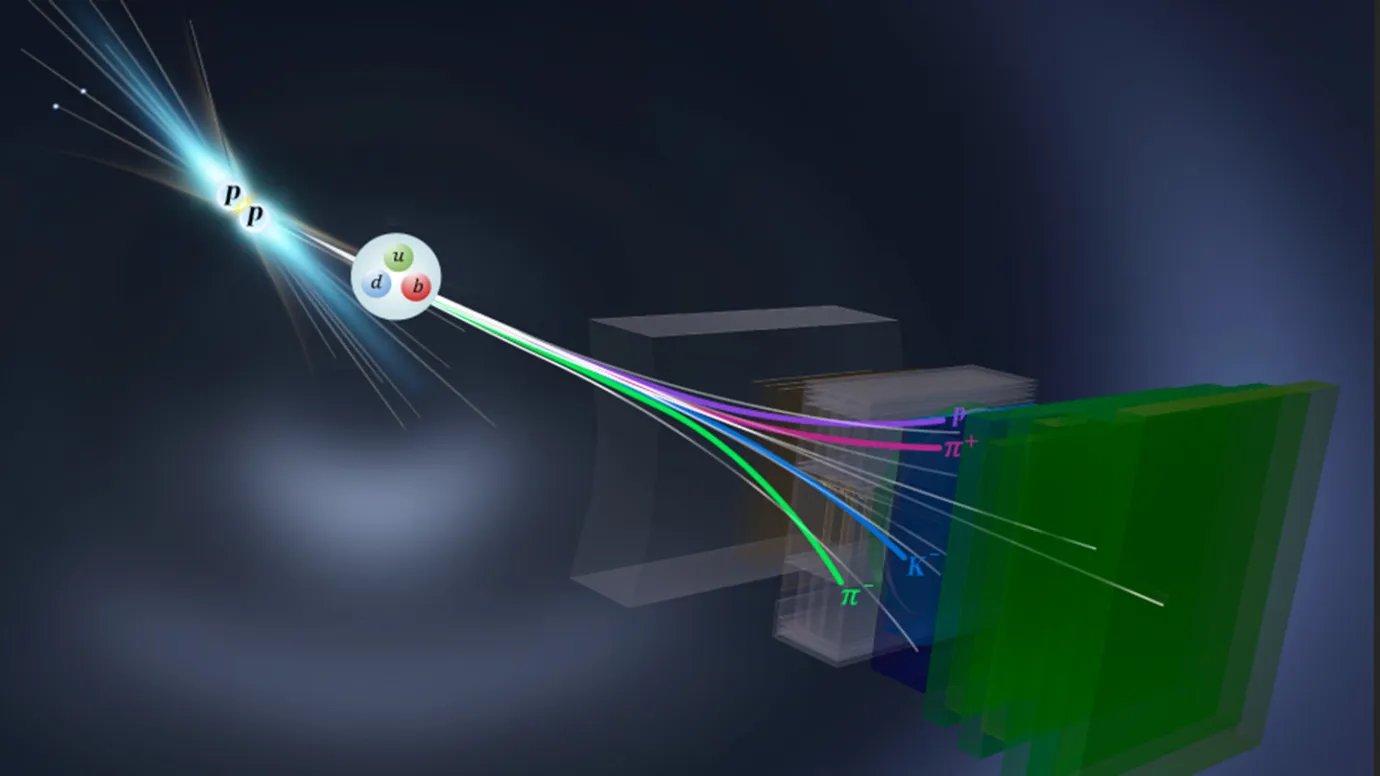Description

Disclaimer: Copyright infringement not intended.
Context
- Indian researchers have developed a simple technique of separating the constant background of the Solar Colona and revealing the dynamic corona.

Sun’s corona
- The Sun’s corona is the outermost part of the Sun’s atmosphere.
- The corona is usually hidden by the bright light of the Sun's surface.
- That makes it difficult to see without using special instruments. However, the corona can be viewed during a total solar eclipse.
- It emits ultra-violet and X-ray wavelengths of the electromagnetic spectrum.
- Corona consists of ionised gas at temperatures exceeding one million Kelvin, which is much higher than photospheric temperature of 6000K, the visible surface temperature of the Sun.
Why is the corona so dim?
- The corona reaches extremely high temperatures. However, the corona is very dim. As it is about 10 million times less dense than the Sun’s surface.
- This low density makes the corona much less bright than the surface of the Sun.

Why is the corona so hot?
- The corona’s high temperatures are a bit of a mystery. Astronomers have been trying to solve this mystery for a long time.
- The corona is in the outer layer of the Sun’s atmosphere—far from its surface. Yet the corona is hundreds of times hotter than the Sun’s surface.
- A NASA mission called IRIS discovered packets of very hot material called "heat bombs" that travel from the Sun into the corona.
- In the corona, the heat bombs explode and release their energy as heat. But astronomers think that this is only one of many ways in which the corona is heated.
- The surface of the Sun is covered in magnetic fields. This is the force that makes magnets stick to metal, like the door of your refrigerator.
- The Sun's magnetic fields affect charged particles in the corona to form beautiful features. These include streamers, loops, and plumes.

How does the corona cause solar winds?
- The corona extends far out into space. From it comes the solar wind that travels through our solar system.
- The corona's temperature causes its particles to move at very high speeds. These speeds are so high that the particles can escape the Sun's gravity.

|
What is a sunspot?
It’s an area of intense magnetic activity on the surface of the Sun—a storm—that appears as an area of darkness.
Sunspots are indicative of solar activity, giving birth to solar flares and coronal mass ejections (CMEs).
Sunspots have been continuously counted each day since 1838.
This has allowed solar scientists to describe a repeating pattern in the wax and wane of activity on the Sun’s surface—the solar cycle.
|
The coronal mass ejections (CMEs)
- The outer solar atmosphere, the corona, is structured by strong magnetic fields.
- Where these fields are closed, often above sunspot groups, the confined solar atmosphere can suddenly and violently release bubbles of gas and magnetic fields called coronal mass ejections.
- A large CME can contain a billion tons of matter that can be accelerated to several million miles per hour in a spectacular explosion. Solar material streams out through the interplanetary medium, impacting any planet or spacecraft in its path.
- CMEs are sometimes associated with flares but can occur independently.
- Thus, CME may occur that the twisted magnetic field holding up a prominence becomes unstable and rises up very suddenly and quickly.
- If that occurs, the material of the prominence could be released out of the Sun, reaching a speed of 1000 km/s. This is known as a CME.
- They sometimes happen at the same time as flares, but where the flare releases light, a coronal mass ejection releases material.
- They usually last several hours, until all the twisted magnetic field lines are finally broken and rearranged.
- These ejections release huge amount of matter and electromagnetic energy (EM radiation) when this occurs, and if the ejection is pointed at the Earth, in 2–5 days an intense flux of particles will arrive to Earth.
- The CME also brings twisted magnetic field with it, which can play a little with the magnetic field of the Earth, causing aurora and other effects.
Impact of Solar Flares and CMEs on Earth
Not all solar flares reach Earth, but solar flares/storms, solar energetic particles (SEPs), high-speed solar winds, and coronal mass ejections (CMEs) that come close can impact space weather in near-Earth space and the upper atmosphere.
- Space-dependent services:Solar storms can hit operations of space-dependent services like global positioning systems (GPS), radio, and satellite communications.
- Radio communication:Geomagnetic storms interfere with high-frequency radio communications and GPS navigation systems.
- Magnetosphere:CMEs, with ejectiles loaded with matter travelling at millions of miles an hour, can potentially create disturbances in the magnetosphere, the protective shield surrounding the Earth.
- Astronauts:Astronauts on spacewalks face health risks from possible exposure to solar radiation outside the Earth’s protective atmosphere.
- Other:Aircraft flights, power grids, and space exploration programmes are vulnerable.
|
Do you know?
A solar storm in March 1989 caused a nine-hour blackout Hydro-Québec's electricity transmission system in Canada.
|
https://www.pib.gov.in/PressReleasePage.aspx?PRID=1805081



















